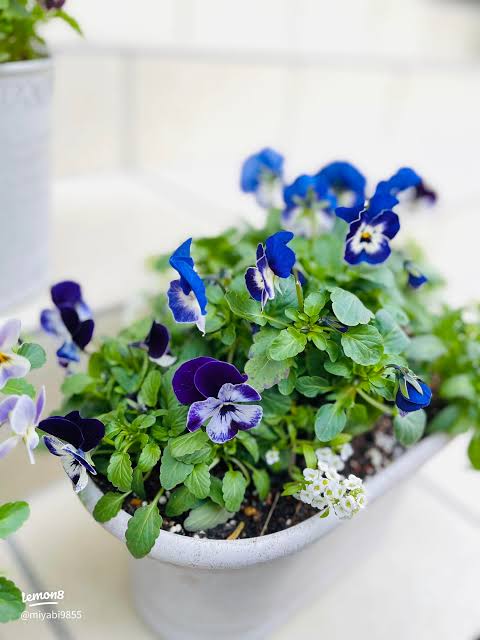Bell flowers, with their delicate, bell-shaped blooms and charming colors, are more than just a garden plant—they’re a transformative element for any space. Whether you have a balcony, a backyard, or even an indoor garden, bell flowers can add elegance, color, and life to your surroundings.From creating a whimsical garden walkway to brightening your patio, these versatile blooms have the power to change your space and elevate the ambiance effortlessly. In this guide, you’ll discover how to use bell flowers effectively, along with practical tips for planting and care.Why Bell Flowers Are SpecialAesthetic Appeal: Graceful, drooping blooms that bring elegance and softness to any garden.Versatility: Suitable for garden beds, containers, hanging baskets, or indoor pots.Color Variety: Shades of blue, purple, pink, and white brighten your space.Attract Pollinators: Bees and butterflies love bell flowers, encouraging biodiversity.Low Maintenance: Hardy varieties require minimal care once established.How Bell Flowers Can Transform Your Space1. Enhance Garden WalkwaysPlanting bell flowers along paths or borders creates a whimsical, fairytale-like effect. Their cascading blooms soften hard edges and guide visitors through your garden.2. Brighten Containers and Hanging BasketsBell flowers thrive in pots and hanging baskets, making them perfect for patios, balconies, and entryways. Combine different colors to create eye-catching displays.3. Indoor CharmCertain bell flower varieties adapt well to indoor environments. Place them near windows or in well-lit rooms to bring a touch of outdoor beauty inside.4. Complement Other PlantsBell flowers mix beautifully with perennials like hostas, ferns, and lavender, adding layers of texture and color to flower beds.Planting and Care Tips1. Choose the Right VarietyCampanula Persicifolia: Tall spikes with nodding bell-shaped blooms.Campanula Portenschlagiana: Low-growing, ideal for rock gardens.Campanula Medium: Classic garden favorite, perfect for borders.2. Ideal Growing ConditionsLight: Full sun to partial shade.Soil: Well-draining, moderately fertile soil.Watering: Keep soil consistently moist but not waterlogged.3. Planting TipsSpace plants 6–12 inches apart, depending on variety.Mulch around the base to retain moisture and suppress weeds.Fertilize lightly in spring with a balanced fertilizer to encourage blooms.4. MaintenanceDeadhead spent flowers to promote continued blooming.Cut back foliage after flowering to encourage healthy growth.Divide clumps every few years to prevent overcrowding.Creative Ways to Use Bell Flowers 🌸Garden Arches: Train climbing varieties around arches or trellises.Mixed Borders: Combine with other perennials for a layered, colorful effect.Floral Arrangements: Cut blooms for fresh bouquets to bring indoors.Themed Gardens: Use shades of blue and purple for a calming, serene garden corner.Common Mistakes to AvoidOverwatering, which can cause root rot.Planting in heavy shade—reduces blooming.Overcrowding, leading to poor air circulation and disease.Neglecting deadheading, which shortens flowering season.ConclusionBell flowers are more than just beautiful blooms—they’re a tool to transform your space. From brightening patios and balconies to enhancing garden pathways, these versatile plants can change your space with elegance and charm.By selecting the right varieties, planting strategically, and following simple care tips, you can create a vibrant, inviting environment that delights the senses. So why wait? 🍴 Discover how bell flowers can change your space – try it today, and let your garden bloom with beauty! 🌸✨

